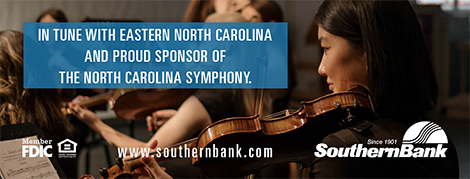Norwegian Melodies, Op. 63
Edvard Grieg (1843-1907)
THE STORY
By the time Edvard Grieg wrote his Norwegian Melodies in 1895, he had already cemented his status as Scandinavia’s leading composer. He had found fame with his Piano Concerto in A Minor from 1870, which had earned high praise from none other than Franz Liszt, and with the incidental suite for Henrik Ibsen’s play Peer Gynt (1876), which remains well-known today for the famous In the Hall of the Mountain King.
While attending music conservatory in Leipzig, Grieg had the opportunity to hear the great string players of his day. But it was two musicians from his homeland, the virtuoso violinist Ole Bull and the well-known Norwegian folk-fiddler Torgeir Augundson, who exposed him to the traditional music of his native country and which had a profound and lasting influence on Grieg and his music. Though a pianist himself, the melding of these influences would move Grieg to compose many great works for strings.
The first of the Norwegian Melodies, Im Volkston (“Folk Style”), is based on a Nordic folk tune given to Grieg by Frederic Due, a Norwegian ambassador living in Paris to whom the work is dedicated. The second movement combines a pair of themes derived from Grieg’s collection of solo piano works entitled 25 Norwegian Folk Songs and Dances, written in 1869: Kuhreigen (“Cow Call”) and Bauerntanz (“Peasant Dance”).
In a letter to his biographer, Grieg stated that “the essential feature of Norwegian folksongs, as compared with German ones, is a deep melancholy, which can suddenly veer into wild, uninhibited humor. Mysterious darkness and unbridled wildness—these are the two sides of Norwegian folksong.”
LISTEN FOR
- The varied textures of the eight-bar folk song, initially offered by the velvety timbre of the violas, echoed by cellos and bass, pianissimo
- The punctuated offbeat accompaniments in the second iteration of the melody, now led by cellos
- Triplet inner voices (with mutes) embellish the melody in the upper strings
- A full, rich orchestration from divided strings in the tune’s final appearance
- The rustic, warm melody of Cow-Call with lilting pizzicato cellos
- Sprightly rhythms in Peasant Dance that conjure images of a convivial gathering celebrating the end of a hard workday
INSTRUMENTATION
Strings

